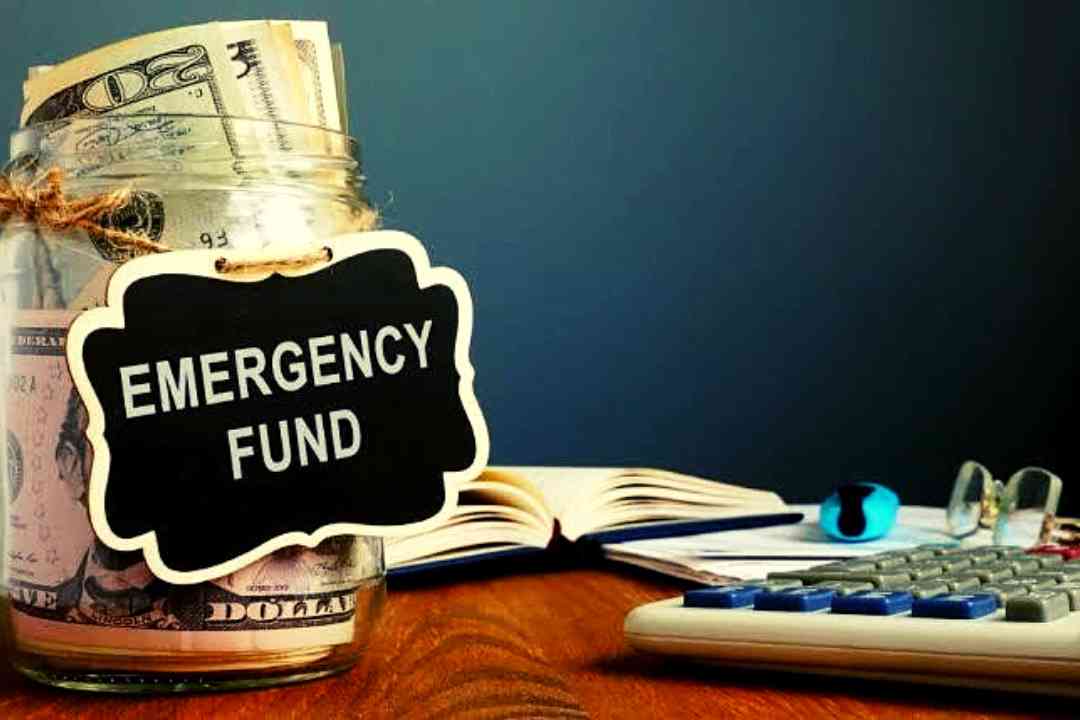Life can be unpredictable and financial falls can emerge anytime- may it be a job loss or medical bills or any other thing. Just take the example of the COVID-19 pandemic, if there is one thing the ongoing coronavirus pandemic has taught us, is that an emergency can strike at any point in time and you can’t do anything about it other than being prepared. It impacted many people’s daily life and finances. While an emergency such as a natural disaster like earthquakes, floods, a health condition that keeps you off from work, and an economic decline causing job losses and salary cuts, might not be under your control but ensuring you have enough funds for usage is under your control. That’s why it is important to have an emergency fund.
Why is an Emergency fund financially important?
An emergency fund is basically a financial safety net in case of an unplanned expense, illness or lose of a job. It is a fund that you can fall back on in the hour of crisis or for unexpected scenarios. An emergency fund will also help to save you from relying on high- interest debts which include credit cards, unsecured loans etc. Not having savings can also undermine your future.
Source: The Money Club
How to build your emergency fund?
1. Set up a target date for setting up your fund: Depending on your current financial situation, setting a target date can be helpful in reaching goals faster. It could be three, six months or even a year. It all depends on how early you start.
2. Take stock of existing assets: You may already have some amount of assets that could be put into your emergency fund. It could be extra cash lying around in your savings accounts, some fixed deposits that are not linked to any particular goal, etc. You can allocate some of that amount towards your emergency fund.
3. Draw up a monthly commitment: Depending upon what your shortfall figure is, which refers to the amount by which your requirement exceeds the funds you have, draw a monthly commitment towards your fund. For instance, if your total fund requirement is INR 3 lakh and you have an existing fixed deposit of INR 1 lakh, you could pull INR 1 lakh from your existing savings and gather another INR 2 lakh.
4. Create a separate account for accumulation: There is always a temptation to spend when there is extra money lying around in your savings account. You could instead stash this extra money unrelated to any of your goals into a separate account created to accumulate capital for your emergency fund.
5. Channelise any lump sum inflow into your emergency fund: Putting aside any lump sum money like a bonus, income tax refunds, or gifts as credit that you receive to meet your goal of creating an emergency fund at the earliest.
How much should you have in an emergency fund? (Source: Wealth Professional)
Three places to save your emergency fund:
Stuff happens when you expect the least. Emergency funds can get you and your family protected from unexpected financial hardships. The best place to keep your emergency fund is separate from your regular savings account so that it can be utilised only during emergencies. With thousands of rupees in hand, you’ll want to make sure you keep your emergency fund safe.
While deciding where to keep them, consider these four different accounts that offer easy access with benefits:
1. Savings and FDs: A good savings rate account and even Bank FDs might be the best place to keep your emergency fund. Not only will your funds be accessible in this type of bank account, but also you’ll earn interest on your deposits.
2. Money market or liquid funds: When deciding where to invest your emergency fund, keep in mind mutual funds that allow you to invest and withdraw at a short notice with no exit load. Money market or liquid funds are similar to savings accounts but they offer better returns at a similar tax rate. You can open use any of the investing apps or get your relationship manager at the bank open a mutual fund account for you and manage it online.
3. Short-Term Debt Funds: Short Term debt funds are mutual funds that allow you to invest in short-term investments in the Fixed Income market in the form of a mutual fund unit. Their exit load structure is usually nil or negligible and is meant for 6-month to 1-year investments. Returns too, are much better than FDs or liquid funds.
BOTTOMLINE:
An emergency fund is like your parachute that saves you from a freefall in the event of any financial crisis. So, always give it the importance it deserves. It’s advised to keep reviewing your emergency fund requirements at least once a year, as there may be changes in your life like starting out a business, taking a sabbatical from work, the addition of a new family member or a change in your lifestyle.
Plan for emergencies, now you can. All the best!
© Vygr Media Private Limited 2022. All Rights Reserved.

























